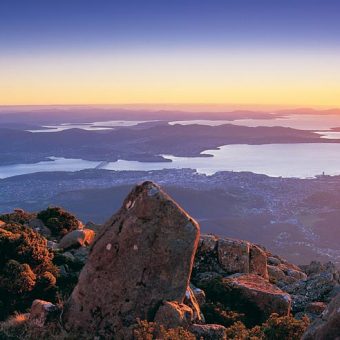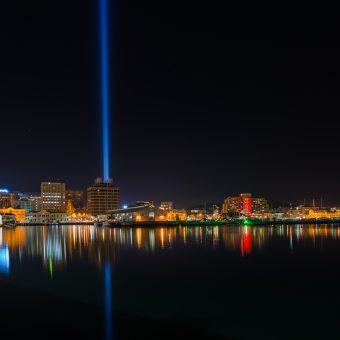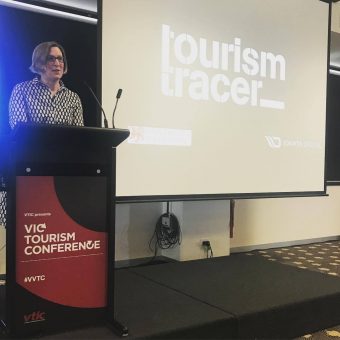What we wanted
The Visitor Tracking team wanted two key types of data: (1) GPS data to see precise travel information, such as route travelled and time spent at particular locations, and (2) demographic data. We could then overlay these two data types and break down visitor behaviour by cohorts, allowing us to examine patterns by, for example, country of origin, reason for visiting Tassie, and mode of travel throughout the state. We also wanted a survey to be undertaken by those participants who visited Freycinet National Park.
How we got it
We wanted a neat and user-friendly way to collect these data types. We did not want to be handing out a GPS loggers plus asking tourists to fill out paper-based surveys. Therefore, we bought 240 Samsung Galaxy smartphones. We engaged Hobart-based web and app development business Ionata Digital to develop a simple and beautiful app which was then loaded onto the handsets. The handset collected the GPS data, while the app allowed delivery of entry and exit surveys which could be easily completed on the phone’s touch screen. The amount of days of each participant’s holiday was inputted into each device – the entry survey appeared straight away for the participant to complete and the exit survey appeared the morning before the nominated departure date. In addition, we set up a geo-fence around Freycinet National Park which meant that the survey focussing on the natural value of that area “popped up” on the phone if the tourist visited that part of Tassie.
As if by magic, all participants’ data sets were automatically streamed to our server where we are now accessing it for analysis in almost endless permutations!

Welcome page on the Visitor Tracking app
- Next blog we’ll share our experience of recruiting tourists to the project



